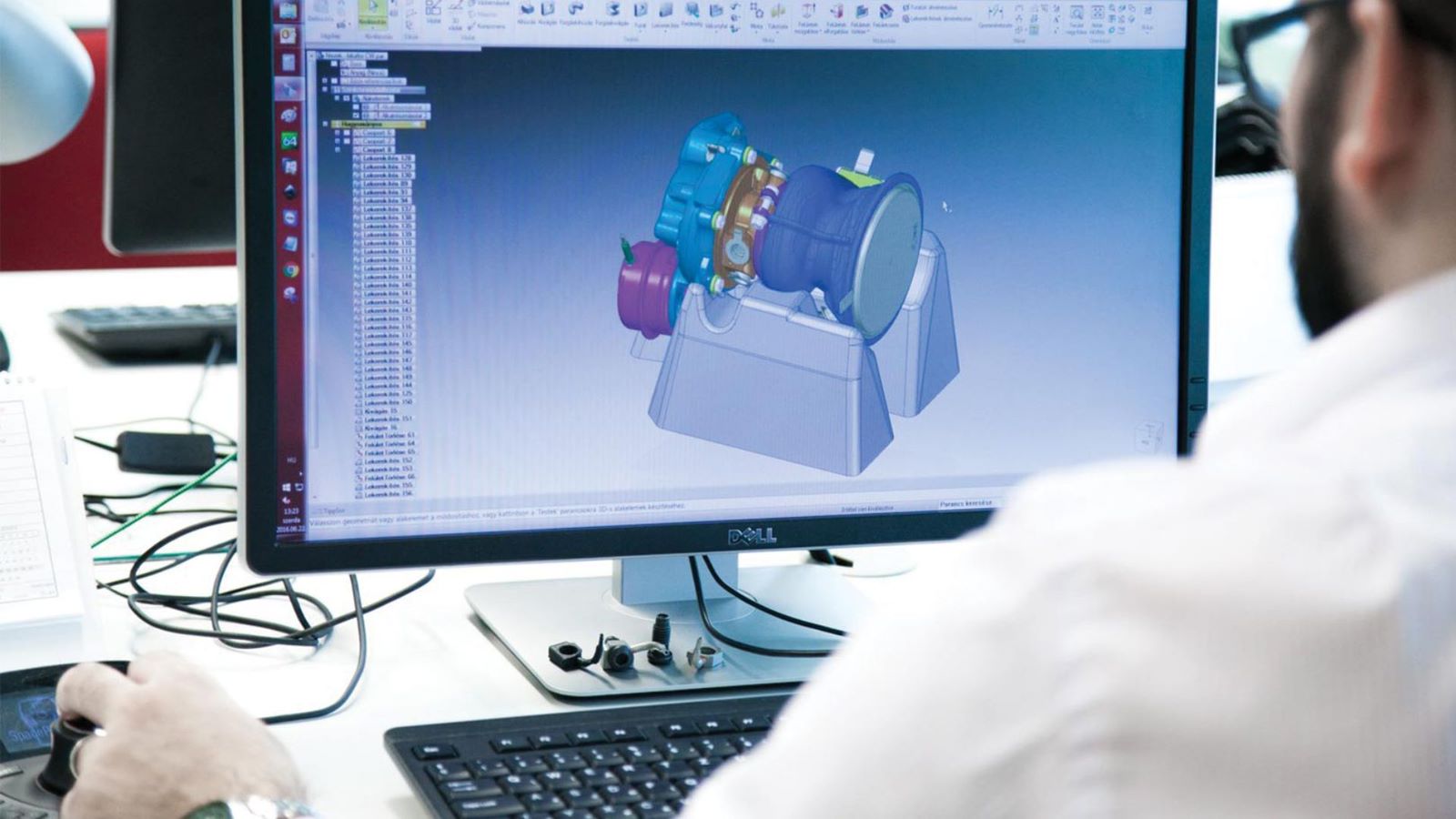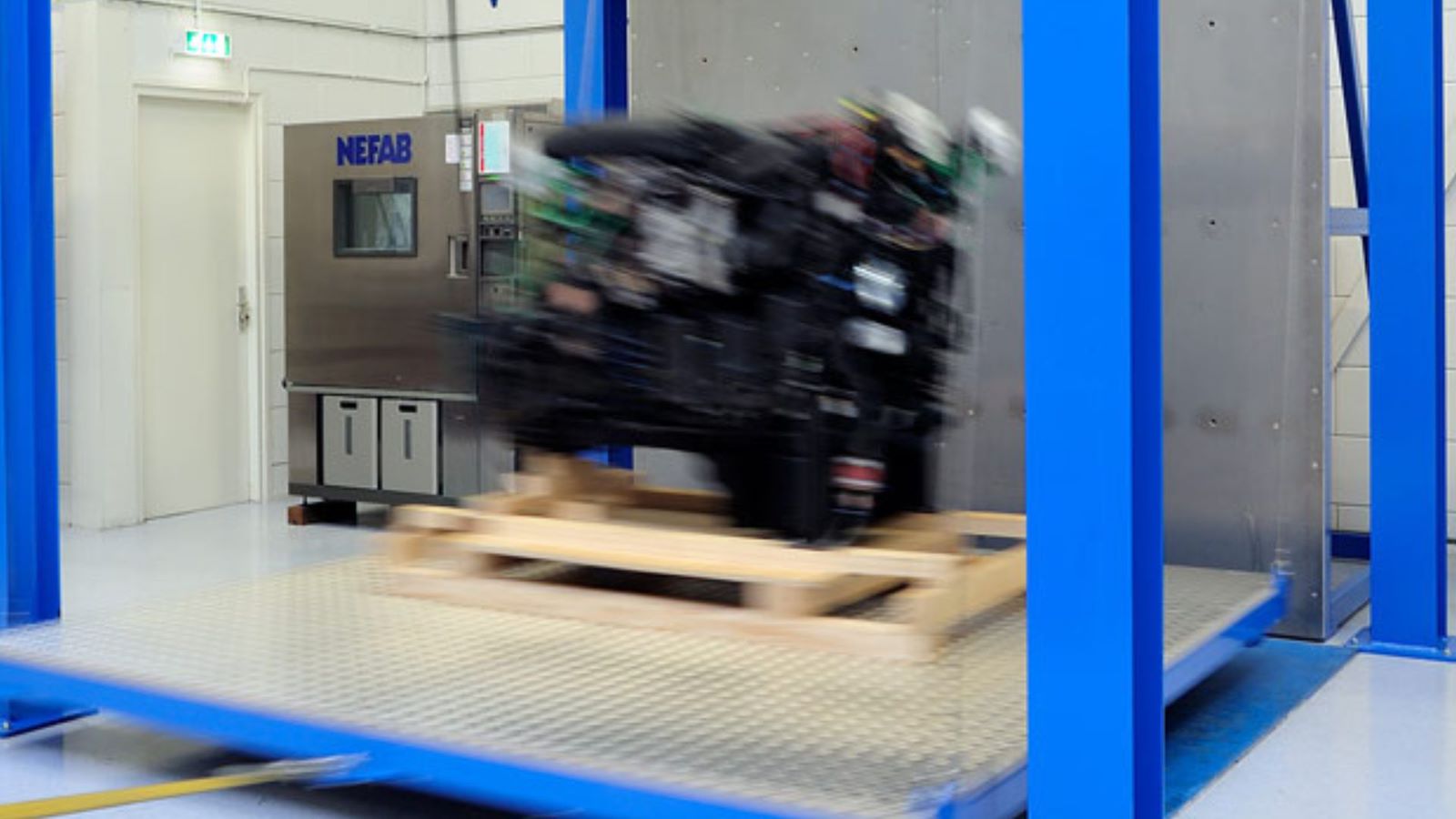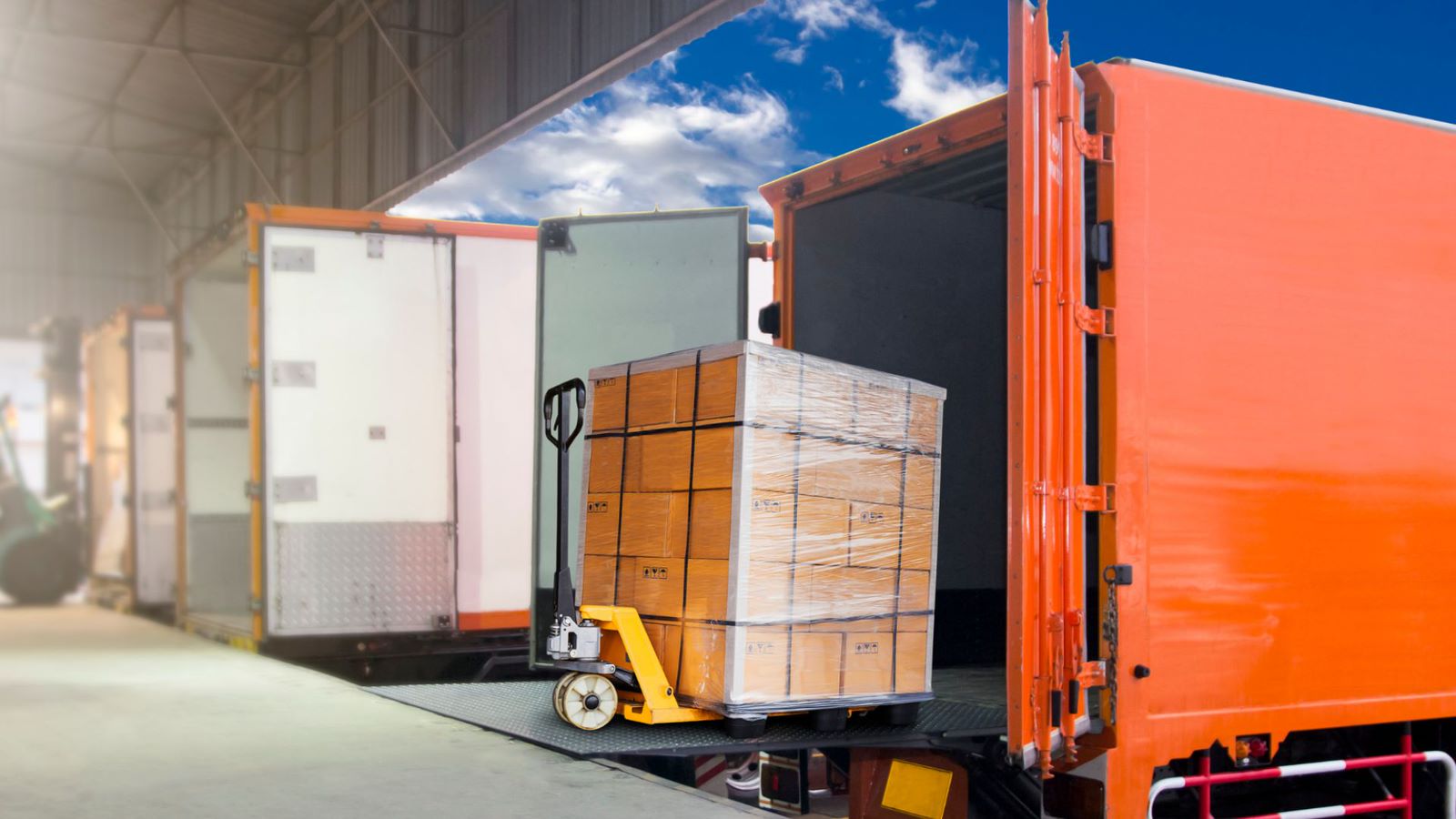When planning how to deliver a product to its destination, three important factors must be considered: cost, safety of shipment, and environmental impact. The good news is that companies no longer have to compromise on packaging quality or environmental resources in order to save money on product transportation.
Properly designed packaging is critical in balancing costs while maintaining product quality, adhering to international security protocols, and having a minimal effect on the environment. If considering or evaluating packaging solutions, follow the five-step process to optimize a product's journey through the supply chain.
1 . Analyze product's fragility
In the first step, let’s focus on the products and especially its vulnerabilities, in order to determine what type of packaging is best suited for its transportation. Fragility is the number one concern here and it refers to the maximum shock that a product can withstand without suffering damage. The most common classification of product fragility is established by its gravitational constant, as shown in the table below: the lower the G-factor, the more fragile the product.
However, it may be necessary to define the products’ fragility level through test data to avoid overestimating the product’s shock absorbance. For example, if the G-factor is estimated too high, the product may not survive the anticipated shock as the packaging will not be able to protect it properly, which may result is shipping damage. Knowing the product’s sensitivity will help determine the level of protection it requires (from foam cushioning to cardboard fillers) and, consequently, the overall packaging costs.
2. Define the transportation conditions
It is important to consider how products will be transported and stored along the journey to its final destination. This will determine the type of packaging alternatives that are best suited for the different conditions. When transporting a product by air, for example, the total weight and strength of the packaging must be considered. If it will be stored in geographic areas with increased moisture, the packaging should account for variations in humidity.
When designing packaging for export, both international and country-specific standards must be considered. This ensures that products move swiftly through the global supply chain, avoiding potential customs and tax issues. Exporters of potentially dangerous goods, for example, must use special packaging that complies with specific export and transportation criteria to safeguard these products from damage. When transporting flammable fluids and batteries by truck, for example, certified packaging that has passed a 0.8 meters drop test is required. Packaging for batteries and explosives transported by air freight, on the other hand, should be able to withstand a drop test of at least 1.2 meters.
3. Select the optimal material
The product's properties, as well as its transport and storage conditions, must all be considered before selecting the final packaging material. There are many different sustainable materials and packaging types to choose from, ranging from virgin to multi-material designs through expandable and returnable solutions. It's important to remember that there are a range of innovative alternatives engineered to protect products from stacking pressures, vibrations, drops, climatic stresses, or moisture– as well as bending, cutting, or compression.
For example, different kinds of blocking materials are used to immobilize products and assure the right cushioning, while void-filling materials totally fill the empty spaces around the packed product for secure transport. It is possible to save time and resources on handling, loading, and unloading by customizing packaging design to a foldable material. Returnable packaging made of thermoplastics, on the other hand, is an ecofriendly alternative that can be used multiple times throughout its lifespan.
4. Design the packaging
It's time to design packaging after determining the type of material required based on the product and environmental conditions. In terms of transportation, material handling, and storage, each packaging type has its own set of benefits. It's best to take a comprehensive approach to the product and its logistical journey, guaranteeing that the final design can withstand the supply chain cycle with all its weaknesses.
It is important that the final design considers the mode of transportation in order to optimize costs, shipment quality, and reduce environmental impact. Air freighting, for example, is ideal for short lead times but it’s most expensive and limited in terms of package weight. Sea transportation on the other hand, is most popular for large and bulky goods. While it is definitely the most affordable way, sea shipments are especially prone to rolling, lifting, pitching, yawing and jarring. It is critical that the packaging design chosen can withstand the stresses of the shipping mode and arrives intact to its destination and is designed with the intent of reducing environmental impact.

5. Test the packaging for improvements
Once packaging has been designed and developed, it is necessary to perform preliminary testing of the packaging prototype. Testing of the packaging can ensure that products will withstand the various challenges during the product’s transportation and storage. After each round of testing, improvements should be made until the packaging is ready for the final release test.

The final release test covers all the parameters of your packaging that should be verified before sending it off. One needs to make sure it complies with the international industry standards for performance testing, including the American Society for Testing and Materials (ASTM), International Organization for Standardization (ISO), and International Safe Transit Association (ISTA) to name a few. The testing stage also provides another great benefit: in case of any damage during shipment, companies will have detailed testing documentation to file a successful insurance claim. It is important not to skip this step because it may safeguard the company from excessive losses.
Nefab globally tests and validates packaging solutions in accordance with specific requirements and regulations at our ISTA-certified test labs
Rest assured that by following the five stages of packaging development, companies will be able to select the most cost-effective and sustainable packaging solution that ensures proper protection. At Nefab, we are finding new ways to achieve greater sustainability in our solutions and smarter ways to reduce the environmental impact. Together, we can pave the way for a future with less packaging waste for our customers, for society, and the environment.
We save resources in supply chains, for a better tomorrow.
Want to learn more?
GET IN TOUCH
Contact us to learn more about our circular plastics solutions.
LEARN MORE
GreenCALC
Nefab’s own certified calculator measures and quantifies financial and environmental savings in our solutions
Sustainable Solutions
Engineered packaging for sustainable supply chains
Sustainable Materials
Fiber-based packaging and raw materials



